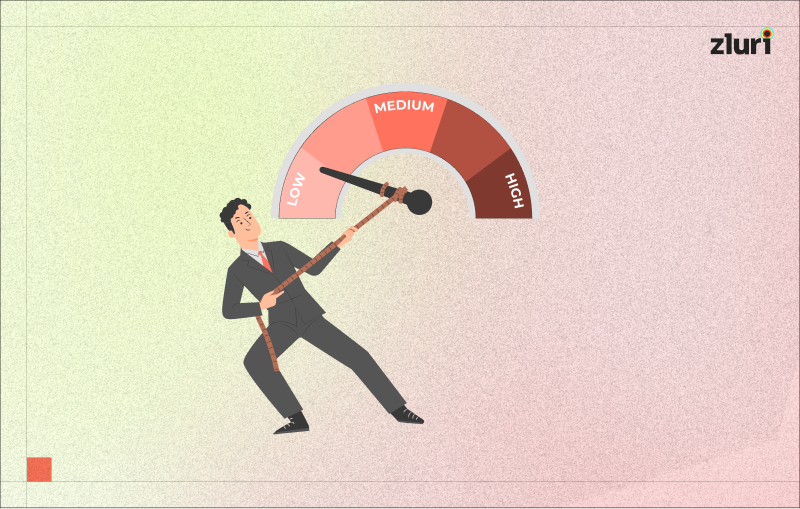In today’s fast-paced regulatory environment, companies often focus heavily on high-visibility compliance activities—like annual audits and training—while overlooking subtler but equally dangerous risks. One of the most underestimated threats? Gaps in vendor and employee screening processes.
This isn’t just about protecting against fraud—it’s about safeguarding your organization’s reputation, avoiding costly penalties, and ensuring every partner you work with meets legal and ethical standards.
Why Screening Gaps Are a Growing Concern
Businesses are operating in increasingly complex ecosystems. With third-party vendors, contractors, and employees often dispersed globally, the ability to verify compliance across all relationships is more challenging than ever.
Unfortunately, many organizations still rely on outdated, manual screening systems. These systems can miss important red flags—such as sanctions, exclusion lists, or criminal records—that might have been avoided with more robust, technology-driven solutions.
In industries like healthcare, finance, and government contracting, the consequences of missing these risks can be devastating, both financially and legally.
The Real-World Impact of Overlooking Risks
Neglecting proper screening doesn’t just increase the chance of compliance violations—it can lead to long-term reputational damage that’s harder to repair than any financial penalty. Consider these scenarios:
- A healthcare provider hires a clinician who appears qualified but is listed on a government exclusion database.
- A contractor with a history of safety violations is awarded a major infrastructure project.
- A supplier with known sanctions issues becomes part of a public scandal, implicating all connected businesses.
Each of these cases highlights the same problem: without rigorous, ongoing checks, organizations are exposed to unnecessary risk.
Common Reasons Screening Processes Fail
Screening gaps often aren’t the result of negligence—they stem from systemic challenges. The most common include:
- Manual Processes
Paper-based or spreadsheet-driven systems are slow, prone to errors, and difficult to update in real time. - Limited Data Sources
Relying on a single database or static list means missing important information from other jurisdictions or regulatory bodies. - Infrequent Checks
One-time screening during onboarding isn’t enough—circumstances change, and compliance must be maintained continuously. - Resource Constraints
Smaller compliance teams often lack the time and budget to perform exhaustive checks on every individual or vendor.
The Shift Toward Continuous, Technology-Driven Screening
Forward-thinking organizations are moving beyond static checks to embrace continuous monitoring and real-time alerts. This means:
- Automated Data Integration: Pulling from multiple, up-to-date databases worldwide.
- AI and Machine Learning: Flagging potential risks based on patterns and predictive indicators.
- Customizable Risk Thresholds: Tailoring screening parameters to industry, region, and organizational policy.
These tools not only improve detection rates but also reduce the burden on compliance teams, allowing them to focus on high-priority cases rather than manual reviews.
The Role of Automated Exclusion Screening
One of the most effective ways to close screening gaps is through automated exclusion screening. This approach continuously checks vendors and employees against exclusion lists, sanction databases, and other compliance resources. By eliminating manual steps, it dramatically reduces the risk of human error and ensures that no relevant updates are missed.
For example, if a contractor is added to a sanctions list after being hired, automated systems can flag it immediately—allowing the organization to take action before it becomes a legal or reputational issue.
Best Practices for Strengthening Screening Processes
To stay ahead of evolving compliance demands, organizations should adopt a layered approach:
- Centralize Compliance Data
Maintain a unified database where all screening results, documentation, and risk assessments are stored. - Implement Continuous Monitoring
Replace annual or semi-annual checks with real-time, automated monitoring that flags risks instantly. - Expand Data Sources
Incorporate global watchlists, regional sanction databases, and industry-specific exclusion lists. - Provide Ongoing Training
Ensure that compliance teams understand how to interpret and respond to alerts effectively. - Audit Your Process Regularly
Periodically review the screening workflow to identify and address any bottlenecks or blind spots.
Conclusion: Closing the Gaps Before They Become Crises
Effective screening is more than a compliance checkbox—it’s a proactive safeguard for your business. By embracing technology-driven solutions and implementing best practices, organizations can ensure that no risk goes undetected.
In an environment where a single oversight can lead to financial loss, regulatory action, or public backlash, closing these gaps isn’t just smart—it’s essential. The companies that act now to modernize their screening processes will be far better positioned to operate confidently and compliantly in the years ahead.


